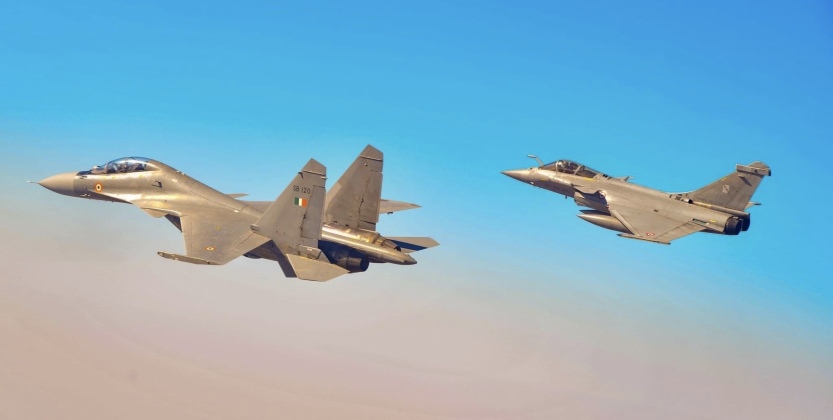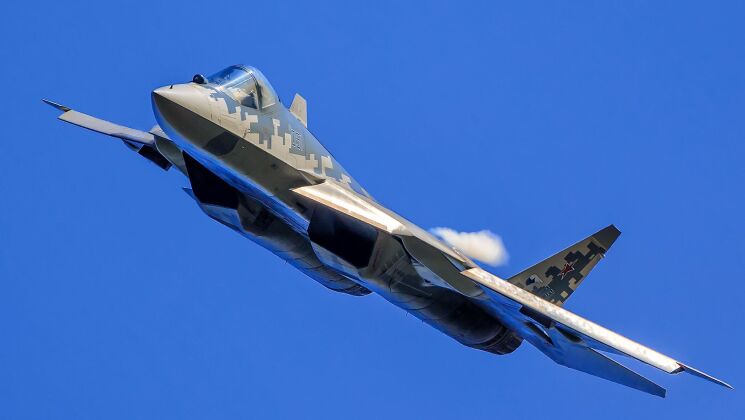News
India Planning Urgent Order For 140 Su-57 Fifth Generation Fighters to Equip Seven Squadrons
India media outlets have widely reported that the Defence Ministry is evaluating a plan to procure two squadrons’ worth of Su-57 fifth generation fighters ‘off the shelf’ from Russia, and signing a deal for up to five further squadrons that will be produced locally under license, likely at Hindustan Aeronautic Limited’s facility in Nashik. With each Indian Air Force fighter squadron deploying approximately 20 fighters, this would provide a fleet of approximately 140 next generation combat jets, and revolutionise the capabilities of the service’s combat fleet. Indian have analysts highlighted the major shortcomings in the country’s fighter fleet, and particularly with the performance of its new Rafale fighters, which were exposed when Operation Sindoor was launched against Pakistan in early May. Although talks to procure and license produce the Su-57 had reportedly intensified from February, the results of the operation have been expected to stimulate greater urgency.

According to local media outlet The Print, the Defence Ministry’s increased interest in the Su-57 has been driven by recent operational realities, with the aircraft considered optimal to fill significant specific weapons and range gap in the fleet. The Su-57 not only has a much longer range than other fighters deployed in the region, and than anyfighter type in the Western world, but its air-to-air and cruise missiles can facilitate attacks much deeper into enemy territory. The fighter’s stealth and advanced electronic warfare capabilities are also expected to provide a much greater degree of survivability, potentially allowing for penetration strikes deep into Pakistani airspace. The Su-57 has already been combat tested in air defence suppression operations and other operations in heavily defended enemy airspace, while having been used far more than any other fighter of its generation for engagements with enemy fighters. The fighter was in early August reported to have for the first time integrated a hypersonic air-to-surface missile for operational use, which could be of particular interest to the Indian Air Force.

An order for two Su-57 squadrons produced in Russia, followed by a further five produced locally, would closely mirror the procurement of Su-30MKI fighters, which similarly saw an initial agreement reached for 140 fighters of which approximately 50 were built in Russia before license production could commence. Delays to planned subsequent programs, the fighter’s high performance, and the significant benefits to local industry of sustaining localised production, led Su-30MKI orders to expand to over 270 fighters. There remains a significant possibility that should a license production deal for the Su-57 be signed, the Indian Air Force will similarly continue procurements far beyond the initially planned 140 fighters. This would allow for significant incremental modernisation of the fighter, and for growing indigenisation of production. Although the Indian defence sector is currently developing a fifth generation fighter under the Advanced Multirole Combat Aircraft (AMCA) program, this is not expected to enter service before the late 2030s, and likely only in the 2040s, providing a considerable window for Su-57 procurements. The country’s lack of experience with fighter development has also raised questions regarding whether its fighter will be able to operate in a comparable level to a modernised Su-57 variant.












